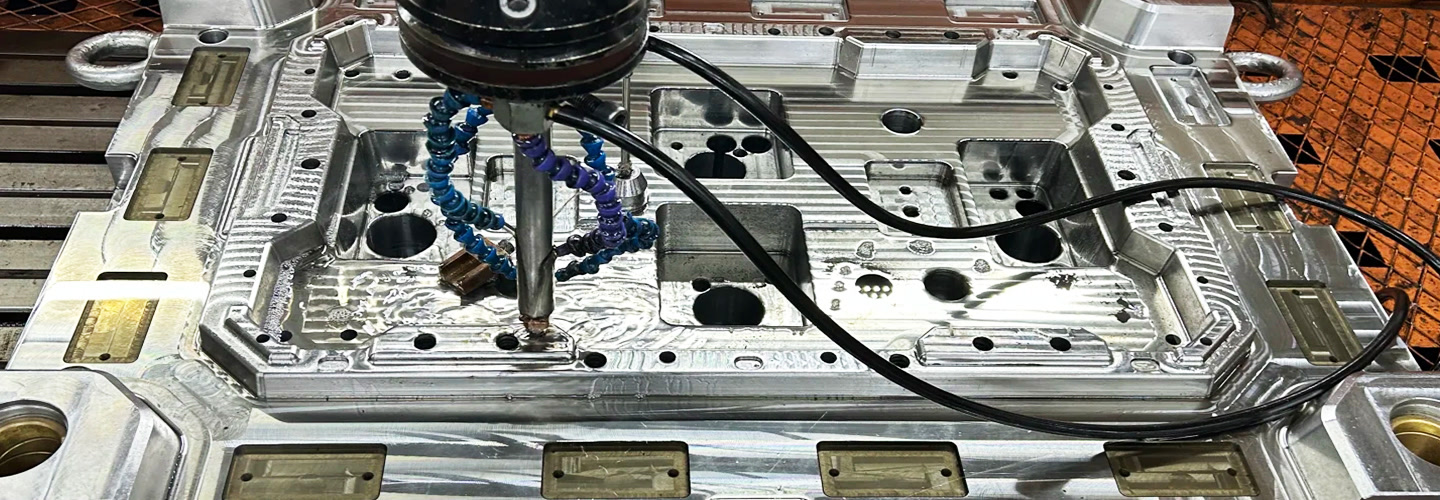
Everything You Need to Know About Our Machining and Services
Q1: Can Yes Prototype help with design drawings?
While full product design services are not offered, Design for Manufacturing (DFM) reviews are provided for every project.We work closely with our clients to optimize their 2D and 3D designs, focusing on improving manufacturability, addressing design issues, and reducing production costs.
Q2: What file formats do you accept ?
We accept 3D CAD files in common formats such as STEP, IGES, and STL. For 2D drawings, PDF or DWG files are preferred.
Q3: How can I keep my design confidential?
We can sign and adhere to Confidentiality Agreements (CAs) or Non-Disclosure Agreements (NDAs) to ensure your design remains protected. Furthermore, we have a strict rule in place that prevents any photography of customer products without express permission.
Q4: Can you provide certifications and test reports?
Yes, we can provide material certifications, product test reports, and company quality system certifications upon request. These ensure the reliability of materials, products, and processes.
Q5: Can I bring my own material for production?
Yes, you can supply your own materials as long as they match our machine capabilities.
Q6: Can I use my own model for duplicating parts in vacuum casting or CNC machining?
Certainly! You can use your own master model to create silicone molds for vacuum casting. The model should be made from rigid materials that can withstand temperatures up to 100°C. For CNC machining, we’ll scan your model in 3D to develop a CAD/CAM program for production.
Q7: How do I pick the right surface treatment?
Choosing the best surface treatment depends on several factors: functional needs (e.g., improving durability or corrosion resistance), visual preferences (e.g., color, texture), material compatibility, and budget. For example, aluminum often uses anodizing for strength, while stainless steel might benefit from polishing or chrome plating. High-quality finishes like PVD coatings deliver excellent results but may increase costs.
Q8: What is the minimum order quantity (MOQ) ?
There is no strict MOQ. Whether you need a single prototype or a small batch of parts, we can accommodate your requirements. However, for larger orders, we may offer more competitive pricing.
Q9: Is small-batch production cost-effective?
Small-batch production can be economical by adopting technologies like rapid prototyping or 3D printing instead of traditional tooling, which reduces setup expenses. Streamlining processes and partnering with skilled suppliers also helps keep costs low, making small-scale manufacturing both efficient and affordable.
Q10: How long does it take to get a quote?
We usually respond within a few days after receiving your request. If there’s a delay, we’ll let you know right away.
Q11: How does Yes Prototype’s pricing compare?
While direct comparisons can be tricky, typically offers prices 25-40% lower than suppliers in North America and Europe for plastic injection mold tools and CNC machined/turned parts. Compared to Chinese suppliers, we focus on delivering exceptional quality, fast service, and professional outcomes rather than competing solely on price.
Q12: How do you handle revisions or design changes during production?
If revisions or design changes are needed during production, we will work closely with you to implement the updates efficiently. Depending on the complexity of the change, we may need to adjust the timeline or cost estimate accordingly.
Q13: What payment terms do you offer?
We offer flexible payment terms designed to meet your needs. For large orders, we usually require a deposit via bank transfer upon order confirmation, with the remaining balance due before shipment. For smaller orders or samples, we accept convenient payment methods like PayPal and Western Union. Specific payment terms can be negotiated depending on the scale and requirements of the project.
Q14: How soon can I receive my parts?
You can receive high-quality parts in as little as two weeks if you provide complete 2D and 3D CAD models. More complex parts or those with special features may take longer.
Q15: How can I speed up delivery times?
To shorten delivery times, plan your supply chain carefully to ensure materials are ready when needed. Simplify manufacturing steps, use quick-turnaround technologies like 3D printing, and cooperate with reliable suppliers who can respond swiftly to changes.
Q16: What kind of shipping methods are available?
Most shipments are sent by air freight, which typically delivers to Europe or North America from China within a few days. For medium and large orders, rail transport takes about 12-18 days (China to Europe), while sea freight takes around 25-40 days (China to Europe/North America).
Q17: What is your after-sales support process?
If there are any problems with the parts you receive, please let us know right away. We’ll look into the issue carefully, find a solution quickly, and make sure it doesn’t happen again in the future. Your satisfaction is very important to us, and we’re always here to help if anything comes up.
